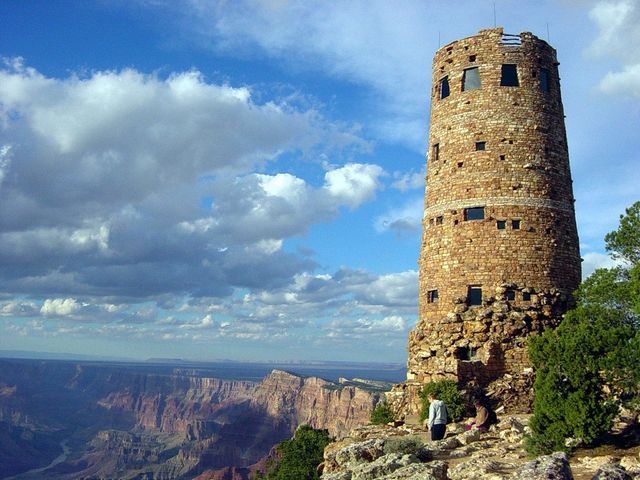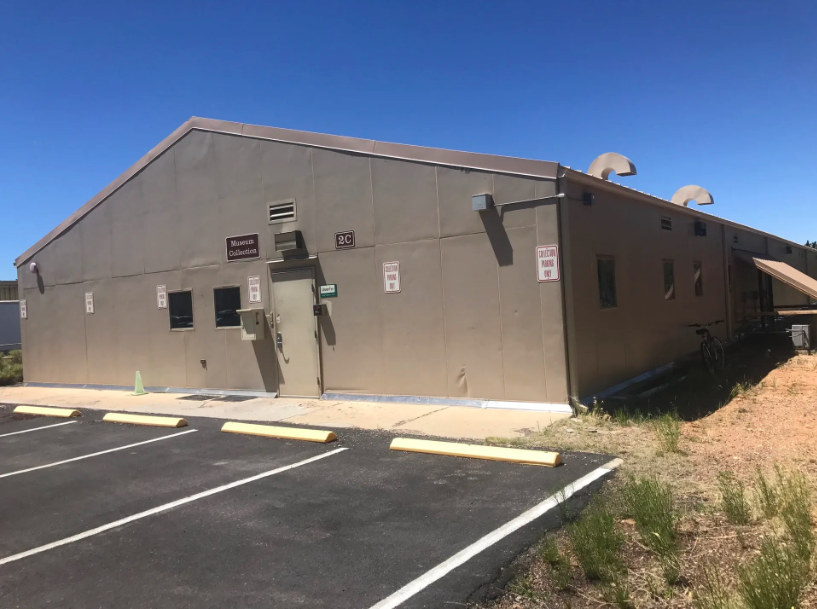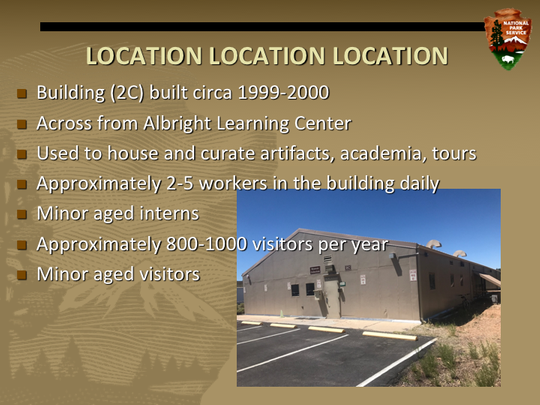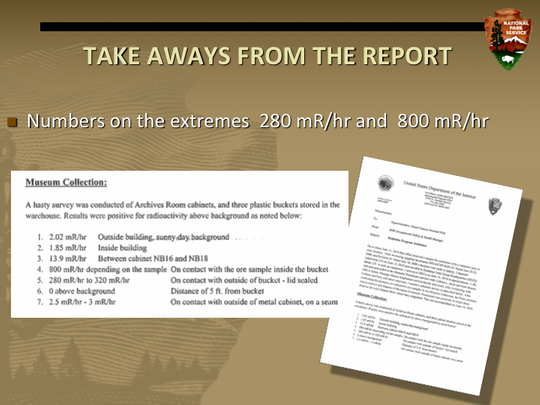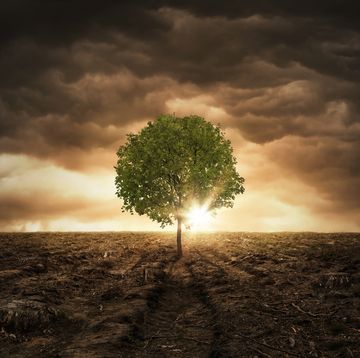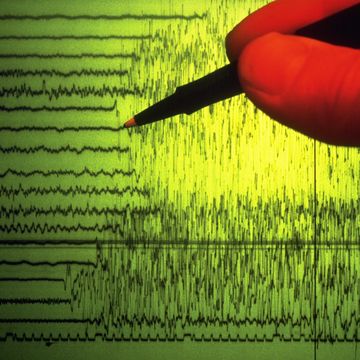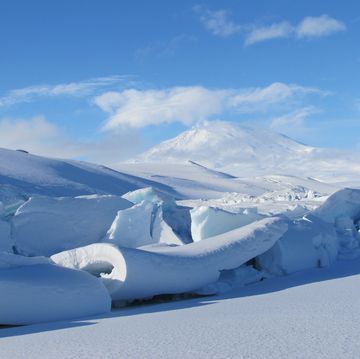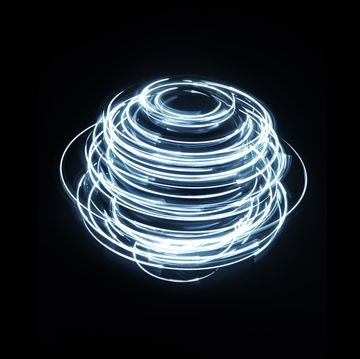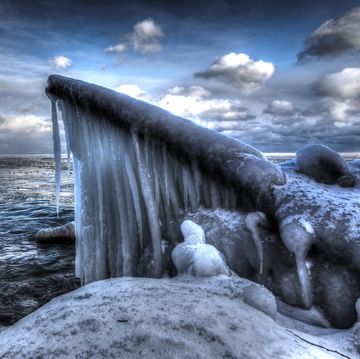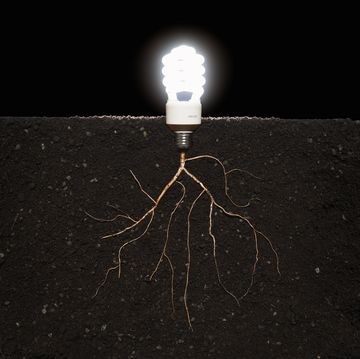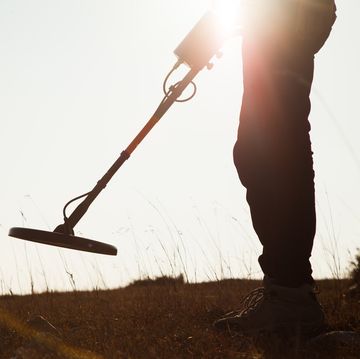With the Grand Canyon reaching its 100th anniversary as a national park, what should be a celebration has taken a scandalous turn: Reports from The Arizona Republic show that for 18 years, anyone who walked by three paint buckets within the National Park's museum collection building was exposed to unsafe levels of radiation.
Park officials became aware of the radioactive buckets, located near a taxidermy exhibit, last year. However, in what's described as a "rogue email," the Park's safety, health, and wellness manager alleges a "secrecy pact" to conceal the potential public-safety threat.
In an email to National Park Service (NPS) employees earlier this month, Elston "Swede" Stephenson, the park's safety manager, wrote:
"If you were in the Museum Collections Building (2C) between the year 2000 and June 18, 2018, you were 'exposed' to uranium by OSHA's definition..The radiation readings, at first blush, exceeds [sic] the Nuclear Regulatory Commission's safe limits…Identifying who was exposed, and your exposure level, gets tricky and is our next important task."
In a follow-up email to Acting Interior Secretary David Bernhardt and Deputy Inspector General Mary Kendall, Stephenson alleged that the NPS executives failed to address the urgent dangers posed by the buckets.
"Respectfully, it was not only immoral not to let Our People know," he wrote, "but I could not longer risk my (health and safety) certification by letting this go any longer."
The five-gallon containers held uranium specimens and were originally lodged in a basement in the park's headquarters, per the report. Later, the containers were placed in the museum building shortly after it opened in 2000, next to a taxidermy exhibit that was frequented by children, according to Stephenson. The original source of the uranium ore is unclear.
One of the containers reportedly contained so much uranium that it could not be closed properly.
According to Stephenson's own calculations, it's possible that children could have received radiation dosages higher than federal safety standards in a mere three seconds, while adults might have risked dangerous exposure in under 30 seconds. The radiation exposure could have been 400 times the adult health limit, and 4,000 times more than the children's limit.
"Of particular concern are 1000s of children attending 'shows' in very close proximity to the uranium," Stephenson wrote in his letter.
NPS staff did not discover the containers, but rather the discovery was made by a teenage son of an NPS employee. By sheer chance, the teenager was an amateur Geiger counter enthusiast and took a device into the museum last March. When presented with the Geiger counter's reading, park officials simply moved the buckets to another room in the building.
Stephenson, according to his LinkedIn page, is an Army veteran of 27 years whose military jobs included "risk mitigation [and] hazard elimination," as an airfield safety officer. According to his account, he was told about the uranium during a safety inspection months after their initial discovery.
Stephenson contacted NPS specialists in Colorado, but officials didn't have any Geiger counters of their own and had to purchase Ludlum meters, which have the advantage of also measuring radiation output, he said.
Stephenson, who presented to the Republic a 45-page slideshow he created describing the situation, said that officials eventually dumped uranium into the nearby Orphan Mine, a potential Superfund site two miles from Grand Canyon Village.
While the main threat was gone, an ancillary threat remained: According to Stephenson, the buckets that had been nearly overflowing with radiation were then returned to their previous location within the museum.
Meanwhile, officials at the Grand Canyon assure everyone that the coast is clear.
"There is no current risk to the park employees or public," Emily Davis, a public affairs specialist at the Grand Canyon, told the Republic. "The building is open. … The information I have is that the rocks were removed, and there's no danger."
Now, the NPS is conducting an investigation with the Occupational Safety and Health Administration (OSHA) and the Arizona Department of Health Services. Hopefully, the three agencies can add clarity to the bizarre situation.
Source: The Arizona Republic
David Grossman is a staff writer for PopularMechanics.com. He's previously written for The Verge, Rolling Stone, The New Republic and several other publications. He's based out of Brooklyn.
